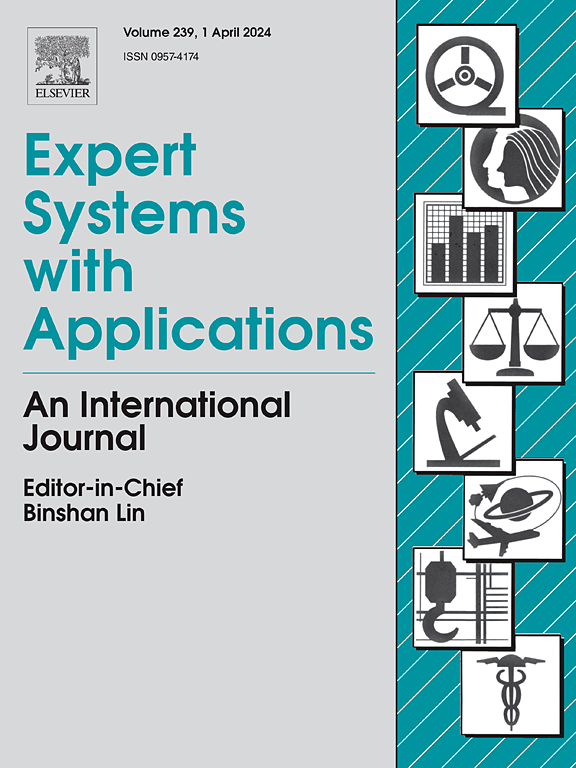DAG-HFC: Dual-domain attention and graph optimization network for heterogeneous graph feature completion
IF 7.5
1区 计算机科学
Q1 COMPUTER SCIENCE, ARTIFICIAL INTELLIGENCE
引用次数: 0
Abstract
Heterogeneous graphs consist of multiple types of edges and nodes. Existing heterogeneous graph neural networks can be understood as a node feature smoothing process guided by the graph structure, which can accurately simulate complex relationships in the real world. However, due to privacy and data scarcity in the real world, some node features are inevitably missing. In addition, with the increase of model depth and the aggregation of multiple types of meta-paths, node embeddings tend to be consistent, resulting in semantic confusion and overfitting problems. To improve the quality of node embeddings, we propose a heterogeneous graph feature completion network (DAG-HFC). DAG-HFC reconstructs the adjacency matrix through topology-based initial feature filling and Jaccard similarity, and fuses the meta-path adjacency matrix to integrate high-order semantic relations and structural information, enhancing the ability to model deep interactions between nodes. The designed Dual-domain differential multi-head attention mechanism combines global feature capture with local feature refinement to effectively alleviate semantic confusion and over-smoothing problems. We conduct extensive experiments on four heterogeneous graph datasets and show that DAG-HFC can significantly improve performance compared with other methods.
求助全文
约1分钟内获得全文
求助全文
来源期刊

Expert Systems with Applications
工程技术-工程:电子与电气
CiteScore
13.80
自引率
10.60%
发文量
2045
审稿时长
8.7 months
期刊介绍:
Expert Systems With Applications is an international journal dedicated to the exchange of information on expert and intelligent systems used globally in industry, government, and universities. The journal emphasizes original papers covering the design, development, testing, implementation, and management of these systems, offering practical guidelines. It spans various sectors such as finance, engineering, marketing, law, project management, information management, medicine, and more. The journal also welcomes papers on multi-agent systems, knowledge management, neural networks, knowledge discovery, data mining, and other related areas, excluding applications to military/defense systems.
 求助内容:
求助内容: 应助结果提醒方式:
应助结果提醒方式:


